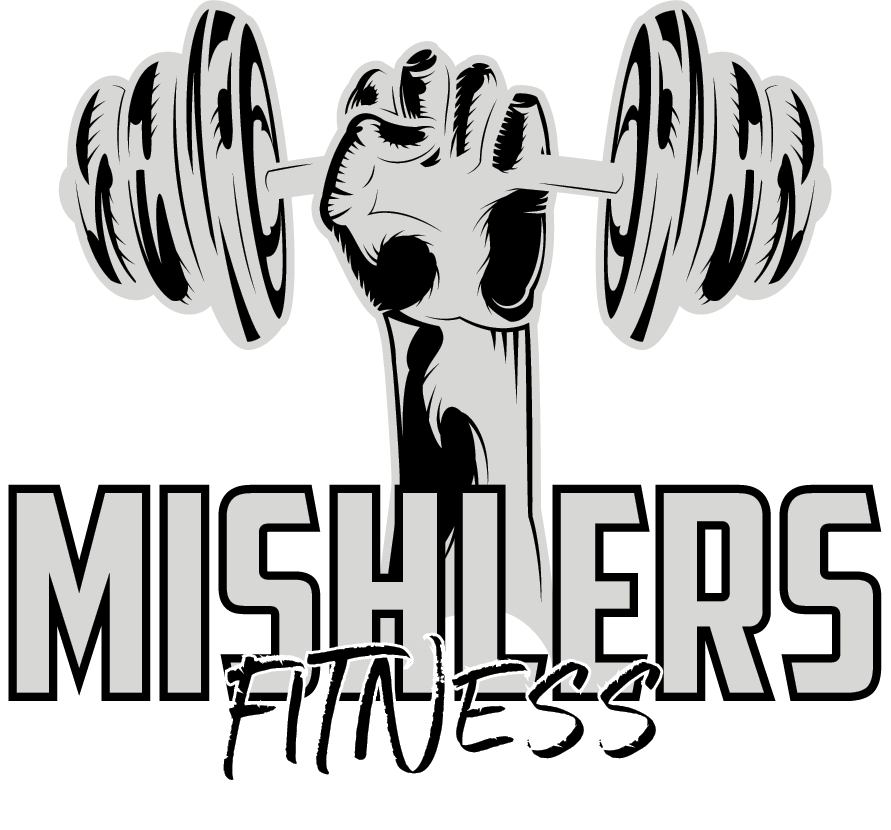When choosing a Yoga block it’s important to consider the material that the block is made of. Depending on your needs you should know the pro and cons of each type of block and below we have outlined the benefits and drawbacks of cork, foam, and wood yoga blocks.
Cork Yoga Blocks
Cork is a pretty robust material that is synonymous with red wine, but it is actually a great material for yoga blocks and mats for both their sustainability and durability. When looking for yoga mats and blocks the main performance elements that you should be looking for are long-lasting material, that they are easy to clean, and that they have good traction. Cork as a material ticks the majority of these boxes but it does have a few drawbacks.

Benefits of Cork
Eco-friendly material – Cork like wood is a natural material. So, it can easily be recycled and the production of cork blocks generally does involve the use of any chemicals that are harmful to the environment
- Very durable & long-lasting – Although not as durable as wood, cork yoga blocks should last a number of years
- Very aesthetic – Cork is a great looking material and it is these are the perfect blocks for an aesthetic home yoga studio
- Acceptable comfort level compared to wooden blocks
- Mid-range price -Not as expensive as wood blocks but
Drawbacks of Cork
More expensive option compared to foam – The average price of cork yoga blocks will set you back around $50 dollars so that nearly double the price of the cheaper foam option
It’s water-resistant, but not waterproof – Cork blocks will be good for most types of yoga. The only form of yoga that cork may not be suitable for is hot yoga
Foam Yoga Blocks
These are a great all-around choice for their price point, convenience, and relatively good durability. The one glaring issue with foam blocks is their environmental impact given that they are produced most commonly with EVA foam. This material is not good for the environment, so if you’re set on a foam to block a lot of companies offer recycled or second-hand blocks as well, so that is probably your best option.
If you’re doing hot yoga or working up a significant sweat in your practice. Foam blocks are your best choice for their non-slip consistency and the easiness to clean.
Benefits of Foam
- Probably the best level of comfort you can get with Yoga blocks
- Foam is definitely the cheapest option
- Lightweight and relatively durable
- Easy to clean – All you need is some warm water and some shop and the blocks should be easily cleaned.
- Material is non-slip – Foam provides great grip and even when wet the material is non-slip. So these blocks are perfect for hot yoga specifically.
- Drawbacks of Foam
- Foam is not a great material for the environment, so if you’re looking for an eco-friendly option. Foam is probably not your best choice.
- Not as durable as cork or wood blocks
- Can become dented and scratched if you don’t take good care of them

Wood Yoga blocks
Wood blocks are the most popular alternative to foam and cork. With its great durability, easiness to clean, and aesthetic look wood is a great option for Yogis looking for a block that will last a lifetime. These are definitely on the pricier side.
Wood blocks are incredibly sturdy, so they are perfect for any standing balancing pose. They are definitely on the heavier side so not as convenient to transport. The grip can also be an issue with wood blocks as there is relatively limited traction with this material. For some ground poses where you’re resting a lot of weight on the block, it can be an uncomfortable material to use.
Benefits of Wood Blocks
- Eco-friendly material – Wood is obviously a natural ingredient. This means that these blocks can be recycled very easily and the production of these blocks is done in an eco-friendly manner
- Very durable & long-lasting – Wood blocks can literally last a lifetime if you take care of them. Although they are on the pricier side you do have to take into account that they will last as long as you take care of them.
- Wood blocks are heavier than cork and foam. This means that they’re great for standing and balancing poses where your body weight is placed on the block.
Drawbacks of Wood Blocks
- Once wet, wood blocks have minimal grip. This really becomes an issue when you are putting your body weight on the block. You don’t want your hand to slip when you’re doing a half-moon pose as it could lead to injury. Our advice is not to use wooden blocks in hot yoga classes.
- Can be on the pricier side – If you take care of your blocks, they should genuinely last you a lifetime.
- Wood blocks aren’t the most comfortable for resting poses. Due to the hardness of the material, you don’t want to be resting your knees or back on this material. You’re better off going with foam or cork for that.
Do I need Yoga blocks?
Yoga is one of those few exercises where there are minimal pieces of equipment needed to practice. The key pieces that are needed are a yoga mat, straps, and yoga blocks. If you buy the right one all of these are long-lasting pieces of equipment you should use for a long time. Yoga blocks are typically associated with beginner yoga, but that isn’t a correct assumption. Yoga blocks can be good for all standards of yogis.

What do you use yoga blocks for?
Yoga blocks can be used for a range of poses and are ideal for all levels of yogis. The function of yoga blocks is for stability and lift in poses and they are great for maintaining alignment and bringing the floor closer to you. For beginners and intermediates, yoga blocks are an important piece of the kit. Yoga blocks are also great for relaxing into poses. If restorative yoga is something you practice regularly then blocks should be considered essential. Blocks can really help you to release tension in poses such as a supported bridge and in a neck release. For more on how many yoga blocks you need and if you need them at all check out our overview here.
The Final Word
No matter which type of yoga blocks you choose to go with they all should provide you good stability and lift for your practice. As we’ve outlined not all yoga blocks are created equal so be sure to fully review the positives and negatives of each material. The fact that you are considering getting yoga blocks is a positive sign. So make the splash and choose the blocks that fit your needs.




